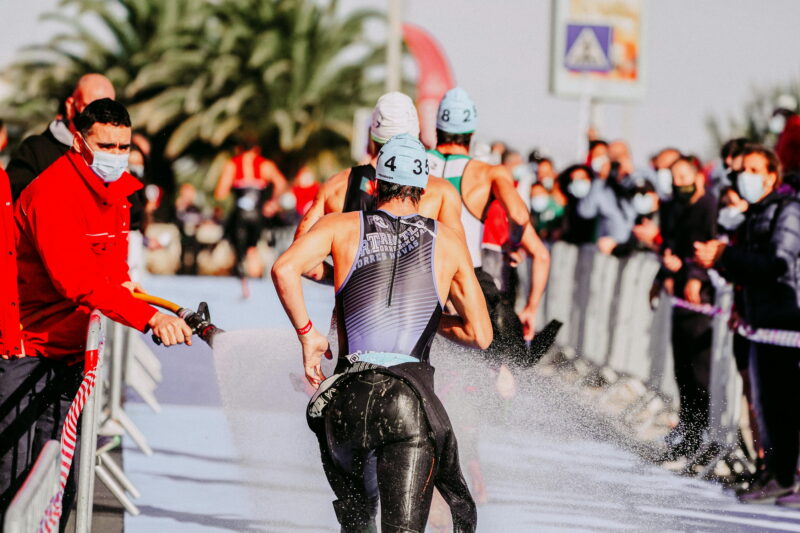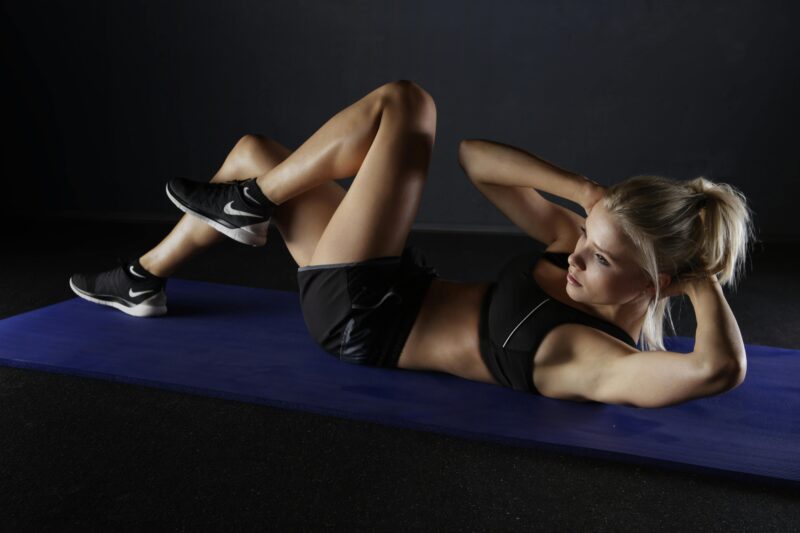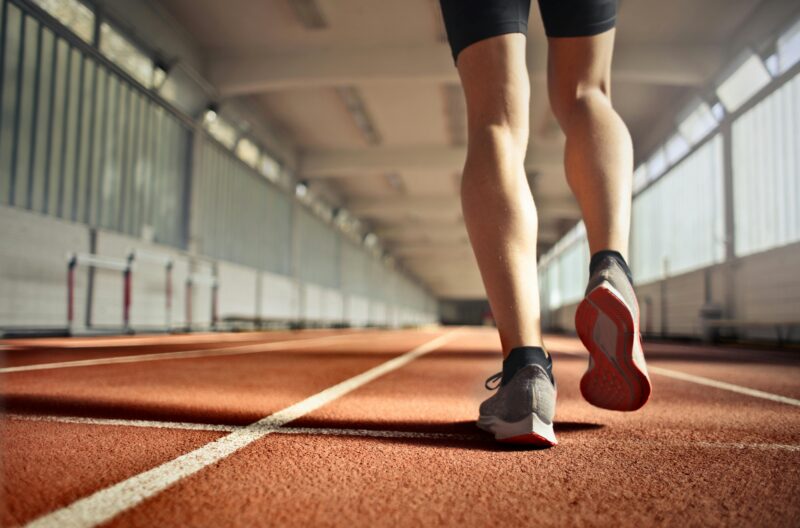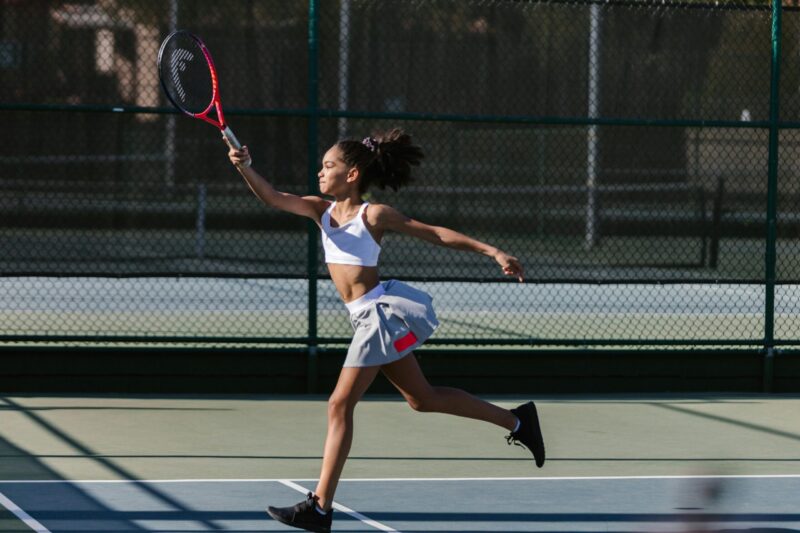Sportswear isn’t just a piece of clothing; it’s a carefully crafted tool designed to enhance athletes’ performance. But what goes into making it? From the initial design to the choice of fabric, the process is as intricate and dynamic as the athletes who wear them.
Let’s explore the fascinating journey of creating custom sportswear that doesn’t just look good but also helps athletes perform at their best.
The Spark of an Idea: Design Concept

Creating custom sportswear starts with a design concept. Designers work closely with athletes to understand their needs, preferences, and the demands of their sport. This collaboration ensures that the final product is not only stylish but also functional. The design process often involves sketching initial ideas, selecting color palettes, and incorporating team logos or sponsors.
Understanding the Athlete’s Needs
Every sport has unique requirements. For instance, basketball players need breathable fabrics and freedom of movement, while swimmers require streamlined suits that reduce drag. Brands like https://www.jacoclothing.com/ known for their innovative and performance-driven apparel, consider these specific needs to create gear that enhances athletes’ performance. They also tailor designs to accommodate the athlete’s body type, personal style, and even psychological factors like color psychology.
For example, specific colors can evoke feelings of confidence or calmness, potentially impacting an athlete’s performance positively
The Role of Technology in Design
Modern technology plays a significant role in the design process. Designers use advanced software to create 3D models of the sportswear, allowing them to visualize how the clothing will look and fit on an athlete’s body. This technology helps in making precise adjustments, ensuring a perfect fit. Additionally, some designers use virtual reality (VR) to simulate how the fabric moves with the athlete, providing valuable insights into potential improvements.
Choosing the Right Fabric

Once the design is finalized, the next crucial step is selecting the right fabric. The choice of fabric can make or break the functionality of sportswear. Fabrics need to be breathable, moisture-wicking, and durable. For instance, athletes who engage in high-intensity sports require fabrics that can handle sweat and maintain their shape.
The Evolution of Sportswear Fabrics
In the early days, sportswear was primarily made of natural materials like cotton. While comfortable, these fabrics had limitations in moisture management and durability. Today, synthetic fabrics like polyester, nylon, and spandex are popular choices. These materials offer several advantages, including moisture-wicking properties, elasticity, and quick-drying capabilities. They are also lightweight, which is essential for sportswear as it reduces the overall weight athletes need to carry.
Sustainable Choices in Fabric
Sustainability is becoming increasingly important in the sportswear industry. Brands are now exploring eco-friendly materials like recycled polyester, organic cotton, and even biodegradable fabrics. These materials not only reduce the environmental impact but also appeal to the growing number of eco-conscious consumers. Some companies are even experimenting with innovative materials like spider silk, which is incredibly strong and lightweight.
Crafting the Perfect Fit

After selecting the fabric, the next step is pattern making. This involves creating templates for each piece of the sportswear. Precision is key here, as even minor discrepancies can affect the fit and comfort of the final product.
Pattern makers use the design specifications to create detailed templates for cutting the fabric. They consider factors like stretch, seam placement, and panel design to ensure optimal performance and comfort. For example, placing seams strategically can reduce friction and prevent chafing during movement. The pattern is then used to cut the fabric, which is assembled into a prototype.
The Importance of Prototyping
Prototyping is a critical phase in the sportswear manufacturing process. It allows designers and athletes to evaluate the fit, comfort, and functionality of the clothing. Athletes often wear the prototype during training sessions to provide feedback. This feedback is invaluable for making necessary adjustments to the design, such as altering the neckline or adjusting the length of the sleeves.
Testing for Performance
Before the sportswear goes into production, it undergoes rigorous testing to ensure it meets quality standards. This phase includes tests for durability, moisture-wicking properties, and breathability. Some manufacturers also conduct wind tunnel tests for sports like cycling and swimming, where aerodynamics play a crucial role.
Laboratory Testing
In the lab, fabrics are tested for their ability to wick moisture, stretch, and withstand wear and tear. For instance, a fabric’s moisture-wicking capability is assessed by measuring how quickly it absorbs and disperses moisture. Similarly, the durability test involves subjecting the fabric to mechanical stress to simulate the wear and tear it will face during athletic activities.
Real-World Testing
While lab tests provide valuable data, real-world testing offers insights into how the sportswear performs under actual conditions. Athletes test the gear during training sessions or even in competitions. This phase helps identify any issues that may not be apparent in a controlled environment, such as discomfort caused by seams or the fabric’s reaction to sweat.
The Final Touches: Branding and Customization

Once the sportswear passes all quality tests, it’s time for branding and customization. This step involves adding logos, team names, and other personalized elements. The customization process can range from simple screen printing to more advanced techniques like heat transfer or embroidery.
The Power of Personalization
Personalization is a significant aspect of custom sportswear. It not only fosters team spirit but also allows athletes to express their individuality. For professional athletes, personalized sportswear can serve as a form of branding, helping them stand out and build their identity.
Advanced Customization Techniques
Modern customization techniques offer endless possibilities. For example, digital printing allows for intricate designs and vibrant colors. Some companies even offer custom fits based on 3D body scans, ensuring that the sportswear fits like a glove. This level of customization enhances both the aesthetics and functionality of the gear.
Conclusion
Creating custom sportswear is a meticulous process that involves multiple stages, from design to fabric selection and testing. It’s a blend of art and science, where creativity meets functionality. The result is not just a piece of clothing but a high-performance tool that helps athletes reach their peak potential.








